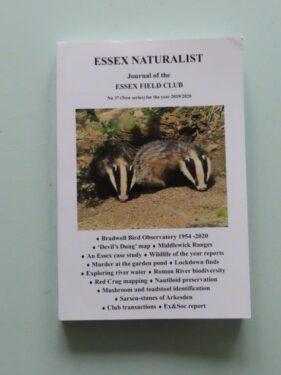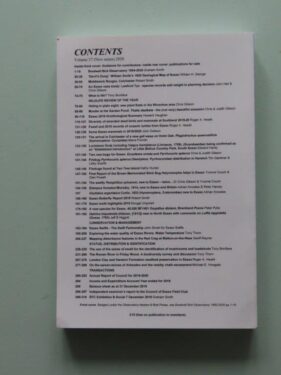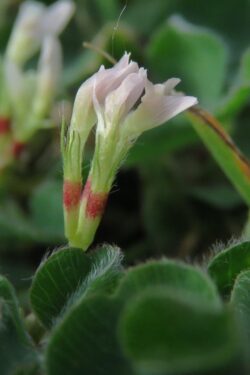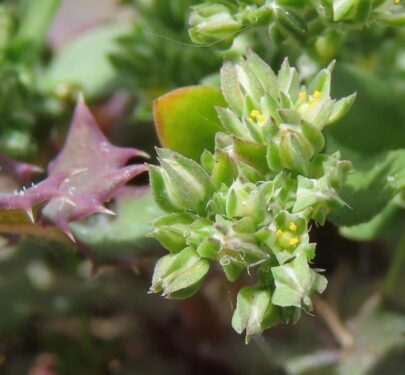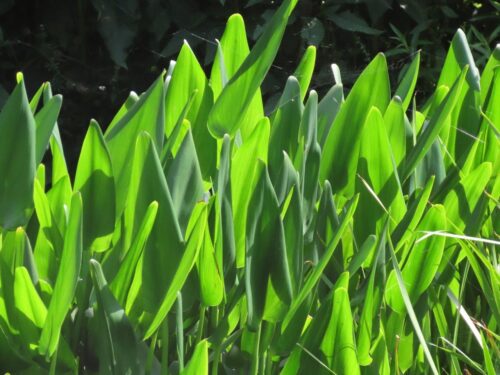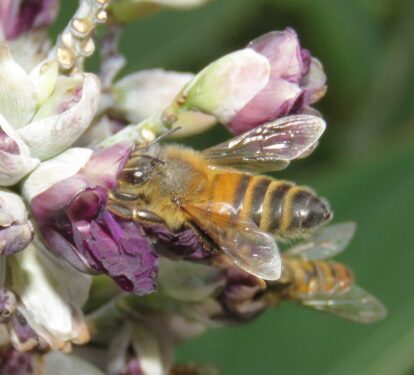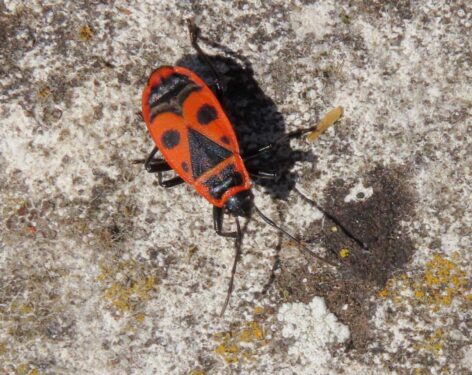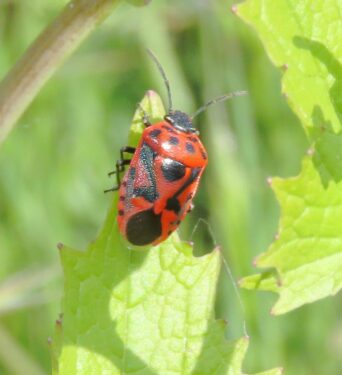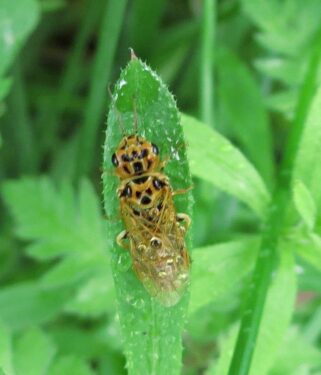In the county of the Essex Wildlife Trust, with more than 37,000 members one of the very largest county wildlife trusts in the country, the importance (indeed the very presence) of the Essex Field Club (fewer than 300 members) is all too easily overlooked.
Essex Field Club has a venerable history, founded in 1880 when it was a learned Victorian gentleman’s (largely) society, for the study of the natural history, geology and in those days the older archaeology of the county, although it has to be said that, in common with the times, much of their interaction with nature was at the end of a shotgun…’what’s hit is history, what’s missed is mystery‘ was the attitude of a time before high quality, portable optics and cameras, and when identification literature was scarce or absent.
To this day it remains misunderstood, the ‘F word’ being indelibly (and now wrongly) associated not with ‘field trips’ but ‘field “sports” ‘. (Note the use of ironic quotation marks – there is nothing sporting about chasing a Fox on horseback with slavering hounds, nor shooting unarmed birds.) In reality, it is the leading county organisation for the study of our wildlife and geology, by amateurs and professionals alike: knowing what we have and where, and how those have changed over time is of crucial significance to those seeking to conserve wild Essex.
As with all such clubs, it has a range of activities, both indoor and outdoor, throughout the year. But for me there are three things about EFC that stand out. Firstly it maintains a panel of county recorders for particular taxonomic groups and subject areas, experts who give their time freely to help curate the public record so that it can be relied upon as an evidence base.
Second, there is the website. In addition to the usual newsy functions, the site contains information and distribution maps for most species. Of almost everything! A few keystrokes and you can find details of previous records of a species from the county, an incredible free resource, as used for example in our blog from earlier in the year Lockdown Localism – finding rare and special invertebrates close to home.
Third and not least, there are the publications, especially the flagship transactions Essex Naturalist. And here again the website excels, with all publications going back to 1880 scanned, indexed and searchable. So this includes four volumes each of annual Journal and Transactions (1881-1884); these evolved into the Essex Naturalist, which comprises 31 volumes between 1887 and 1976, covering up to five years in each volume. From 1977 to 1992, the Essex Naturalist (New Series) vols. 1-11 were published irregularly, each being a ‘special publication’, essentially a standalone book. Essex Naturalist (New Series) reappeared in annual transactions format, edited by Colin Plant, from 1995-1998 (vols. 12to 15), before emerging into its current, larger, annual format in 1999 (vol 16), with an editorial panel, masterminded by Peter Harvey from the outset. Together, a digital treasure trove going back into the heart of the Victorian era (although the volumes since 2005 have not yet been archived), an window into the past to provide inspiration for the future – what was once, can be again, and better…
Now, the largest ever annual edition (Vol. 37, 316 pp) has just arrived with a thump on the doormat. We are very pleased to have five papers this year – this is a real lockdown bonus, giving us time to contribute to this important written record of natural world, the first time for several years.
First one is the longest, with John Hall, a twenty page account of the ultimately successful campaign to save Lawford Tye field, home to Lunar Yellow Underwing and more, from the clutches of housing developers after Public Inquiry. Hopefully this will have useful lessons for others in a similar, sadly all-too-frequent situation.
Then an account of new botanical finds around #wildWivenhoe, including rarities hiding in plain sight as close as 20 metres from our door! As covered in a previous blog.
Next, the story (again blogged previously) of our successful campaign to encourage Beth Chatto Gardens to tackle the pollinator-murdering habits of the pond plant Thalia dealbata.
And the discovery of two new big red-and-black bugs (see past blogs here, here and here). The Firebug also features in two other papers by different authors – clearly it has arrived in a big way since 2019, especially around Harwich, but also elsewhere in Essex and adjacent counties. Coming soon to Mallow and Lime near you!
Finally, the identification of a first for Essex, the rare sawfly Pamphilius sylvarum, after an identification gestation of 8 years, jointly with Yvonne Couch, who found the second, although first to be identified. Confused? Then read this blog.
All of this and much, much more (see Contents page above) could be yours for just £15, from the Essex Field Club. That’s 15 to buy…or why not spend the same sum, join the Club, and get Essex Naturalist along with all other member benefits for free?

